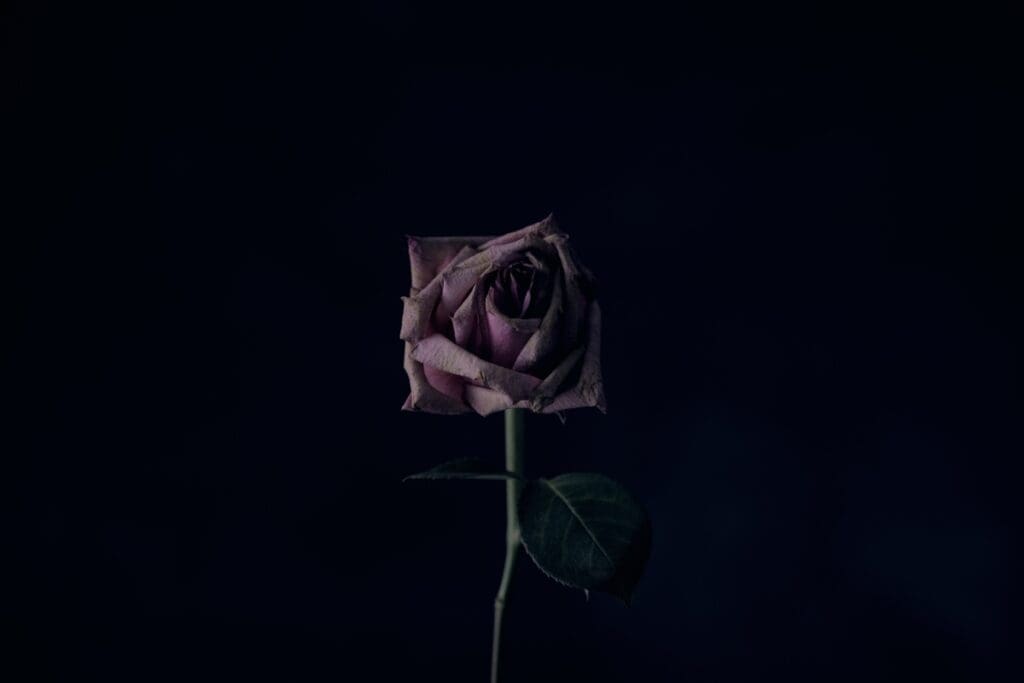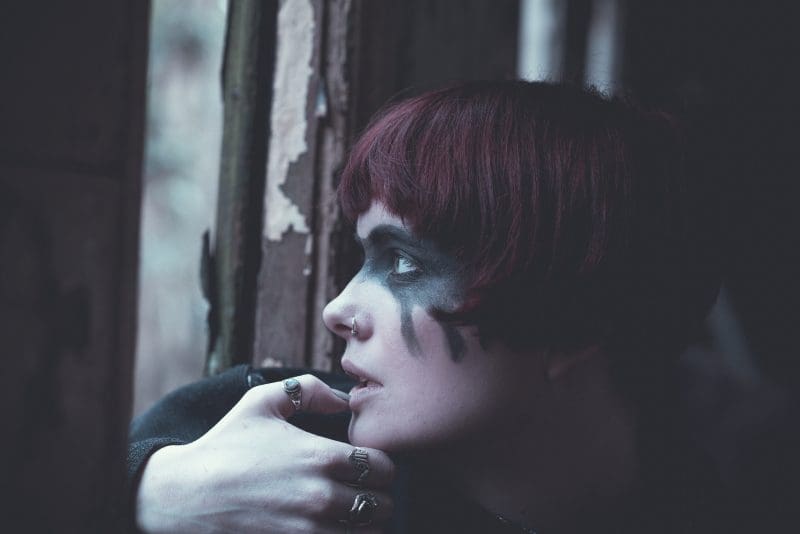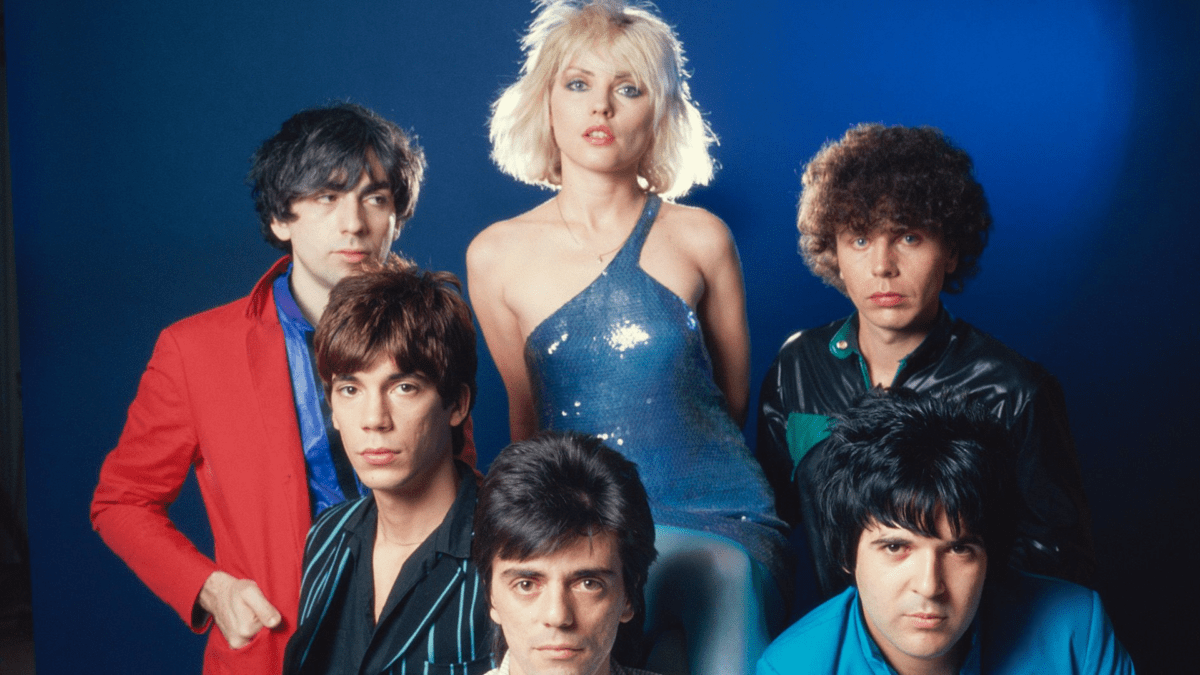
The allure of the obscure, the enchantment of the gloomy, and the captivating power of the melancholic – these are the elements that define the essence of gothic rock. Often misunderstood and frequently misinterpreted, it is a genre that shrouds itself in mystery and darkness, drawing from the depths of human emotion and the shadows of the human psyche. Join us in this article as we explore the enigmatic world of gothic rock. As we delve into its origins, we will uncover the roots of this iconic genre and the seeds from which it sprouted.
To truly appreciate the genre’s depth and breadth, it’s crucial to understand its lineage, influences, evolution, and impact on modern music and pop culture. This journey will take us through the dark corridors of gothic rock’s history, its defining characteristics, and its influence on the music we hear today.
Origins of Gothic Rock
The origins of gothic rock trace back to the late 1970s, a time of profound cultural and societal shift. The punk rock movement was in full swing, and a new wave of musicians were challenging the status quo, pushing the boundaries of what was deemed acceptable or conventional. Amidst this chaos and rebellion, a new genre was born – gothic rock.
The roots of gothic rock, or goth rock, are steeped in the subculture of the post-punk era, with bands like Joy Division and Bauhaus leading the way. These bands, with their brooding lyrics and melancholic sound, starkly contrasted with punk’s brash, confrontational style. Their music spoke to the darker side of human emotions, touching on themes of despair, isolation, and existential dread.
The origins of gothic rock also draw from the literary tradition of the gothic genre. The eerie atmospheres, the themes of horror and the macabre, and the focus on the darker aspects of human nature prevalent in such literature found their way into gothic rock’s sound and aesthetics. This literary influence contributed significantly to the genre’s unique character and enduring appeal.
Defining Characteristics of Gothic Rock

Gothic rock features a distinct set of musical and aesthetic elements that set it apart from other genres. It’s defined by its dark, cynical sound, with heavy basslines, atmospheric keyboards, and haunting vocals.
Goth rock lyrics often delve into the darker side of human emotions, exploring themes of despair, isolation, and existential angst. These themes are conveyed through poetic, evocative lyrics that vividly depict inner turmoil and emotional distress.
The aesthetic of goth rock is as distinctive as its sound. With dark, brooding, and dramatic imagery, it draws heavily from gothic literature and art. This connection to the goth tradition is reflected in the genre’s visual style, which often features stark contrasts, dramatic lighting, and a focus on the macabre.
The Evolution of Gothic Rock: From Goth Music to Gothic Metal
The genre has evolved significantly since its inception, branching out into various sub-genres and influencing multiple musical styles. One of the most notable developments in the genre’s evolution is the emergence of Gothic Metal.
Gothic Metal, a fusion of gothic rock and heavy metal, emerged in the early 1990s. Bands like Paradise Lost and Type O Negative pioneered this new sound, combining gothic rock’s atmospheric, sombre elements with metal’s heavy, aggressive sound. This fusion resulted in a dark and powerful sound, capturing the spirit of goth rock while pushing its boundaries.
Broadening its thematic scope has also marked the evolution of gothic rock. While the genre has always been associated with darker themes and emotions, it has also begun incorporating elements of romanticism and spirituality. Expanding the genre’s thematic palette has contributed to its relevance and appeal.
The evolution of goth rock is a testament to the genre’s adaptability and resilience. Despite the changing musical landscape, the genre has stayed relevant with continual reinvention while staying true to its roots.
Influence of Gothic Rock on Modern Music
The influence of gothic rock on modern music is profound and far-reaching. From the brooding ballads of alternative rock to the heavy riffs of metal, the genre’s fingerprints are everywhere. Even pop music, with its inherently upbeat and cheery disposition, has been touched by the dark allure of gothic rock.
Gothic rock influence is evident in the music of many modern bands, such as Interpol, The Cure, Pale Waves, and My Chemical Romance. These bands have incorporated elements of goth rock into their sound, resulting in a fusion of styles that blur the lines between genres. The dark lyrics and themes and the atmospheric soundscapes that define gothic rock have found their way into the music of many modern mainstream bands, demonstrating the genre’s enduring influence.
The influence of gothic rock extends beyond music, shaping the aesthetics and visual styles of many modern artists. The genre’s dark imagery, characterised by its stark contrasts and dramatic lighting, has become a prevalent feature in contemporary music videos and album covers. This influence underscores the genre’s impact on the broader cultural landscape.
The Impact of Gothic Rock on Pop Culture

Gothic rock has significantly impacted pop culture, influencing everything from fashion and film to literature and visual art. The genre’s aesthetics have permeated the cultural landscape, shaping how we express and interpret the darker aspects of human nature.
In fashion, the genre’s influence is evident in the popularity of the ‘goth’ look, characterised by black clothing, dramatic makeup, and a general air of melancholy. This style originated in the goth rock scene and has become a mainstay of alternative fashion, appealing to those who seek to express their individuality and nonconformity.
In film and literature, the influence of gothic rock presents itself in the prevalence of dark narratives and anti-hero characters. Movies like “The Crow” and books like “The Picture of Dorian Gray” echo the themes and aesthetics of gothic rock, reflecting the genre’s impact on storytelling and character development.
Ten Essential Gothic Rock Albums
For those looking to immerse themselves in the world of gothic rock, there are a few essential albums that offer a comprehensive overview. These albums perfectly capture the essence of goth, with their distinctive sounds and impactful lyrics, serving as a gateway into the genre.
Joy Division – “Unknown Pleasures” (1979)
“Unknown Pleasures”, the debut album by Joy Division, is a seminal work that significantly contributed to developing gothic rock, introducing a new, dark aesthetic to the rock genre. Atmospheric soundscapes, introspective lyrics, and Ian Curtis’ haunting vocals combined to create a unique sonic experience. This groundbreaking work laid the foundation for the gothic rock genre and continues to be influential in contemporary music.
Bauhaus – “Bela Lugosi’s Dead” (1979)
“Bela Lugosi’s Dead”, the debut album from Bauhaus, was a landmark in developing gothic rock. The album features four tracks, including the iconic nine-minute title track. It showcases the band’s dark and brooding sound centred around Peter Murphy’s haunting vocals and atmospheric guitar effects. “Bela Lugosi’s Dead” remains a vital album in the gothic rock genre and a classic of the post-punk era.
The Cure – “Pornography” (1982)
The Cure’s “Pornography” album was a crucial milestone in post-punk and gothic rock. With its haunting and atmospheric soundscapes, intense lyrics, and raw, emotional vocals from frontman Robert Smith, the album is a powerful exploration of themes such as depression, isolation, and despair. Despite its challenging subject matter, “Pornography” has become a cult classic and a touchstone for alternative music fans.
The Sisters of Mercy – “First and Last and Always” (1985)
The Sisters of Mercy’s debut album “First and Last and Always” is a gothic rock masterpiece that showcases the band’s unique style. The album features iconic tracks such as “Black Planet” and “Marian” that have become staples in the goth music scene. With its haunting vocals, atmospheric guitar work, and dark lyrics, “First and Last and Always” remains a timeless classic. Since its release, it has inspired generations of musicians and fans alike.
The Damned – “Phantasmagoria” (1985)
“Phantasmagoria” is the sixth studio album by British rock band The Damned. It significantly departed from the band’s punk rock roots, incorporating elements of gothic rock and new wave. The album’s haunting melodies, intricate instrumentation, and atmospheric production have earned it a place in the canon of gothic rock. Standout tracks include “Grimly Fiendish” and “Shadow of Love”.
Fields of the Nephilim – “The Nephilim” (1988)
“The Nephilim” is the second studio album by the English gothic rock band Fields of the Nephilim. The album features a dark and atmospheric sound, heavily using reverb and echo effects on the guitars and vocals. The songs offer the listener haunting melodies and introspective lyrics, exploring themes such as mortality, spirituality, and the mysteries of the universe. The album has been praised for its unique blend of gothic rock, post-punk, and psychedelic influences and is considered a classic of the genre.
Paradise Lost – “Draconian Times” (1995)
Paradise Lost’s “Draconian Times” is a landmark album in the history of gothic metal. It perfectly blends melancholic melodies, heavy riffs, and Nick Holmes’ haunting vocals. The album’s themes of despair, loss, and isolation still resonate with listeners today, making it a timeless classic.
Type O Negative – “October Rust” (1996)
“October Rust” is the fourth studio album by Brooklyn’s Type O Negative. It’s nothing short of a gothic metal masterpiece, featuring a unique blend of heavy guitar riffs, haunting melodies, and Peter Steele’s deep baritone vocals. The album explores love, death, and the human condition, with standout tracks such as “Love You to Death” and “My Girlfriend’s Girlfriend”.
“October Rust” is a timeless classic that continues to captivate fans of the genre.
HIM – “Razorblade Romance” (2000)
HIM’s second studio album, “Razorblade Romance”, is considered a classic of the gothic rock genre. The album features hauntingly beautiful melodies, dark lyrics, and Ville Valo’s distinctive baritone vocals. The single “Join Me in Death” was a hit across Europe, helping propel the band to international fame. Since then, the album has become a cult favourite among gothic and alternative music fans.
Lacuna Coil – “Comalies” (2002)
Lacuna Coil’s “Comalies” is a standout album in the gothic metal genre. It features a unique blend of heavy riffs, catchy melodies, and powerful vocals. The album showcases the band’s versatility with songs ranging from the aggressive “Swamped” to the melancholy “Heaven’s a Lie”. With its atmospheric sound and evocative lyrics, “Comalies” is a must-listen for dark, atmospheric music fans.
Chelsea Wolfe – “Hiss Spun” (2017)
Chelsea Wolfe’s album “Hiss Spun” is a haunting and intense exploration of pain, darkness, and the human psyche. With its heavy riffs, distorted vocals, and eerie atmosphere, the album creates a visceral and unsettling experience for the listener. Wolfe’s lyrics delve into themes of trauma, addiction, and emotional turmoil, while her powerful voice conveys vulnerability and strength.
“Hiss Spun” is a raw and cathartic journey through the depths of the soul.
The Modern Interpretation of Gothic Rock
The modern interpretation of gothic rock is as diverse and varied as the genre itself. From the heavy, aggressive sound of gothic metal to darkwave’s atmospheric soundscapes, the genre continues to evolve and adapt to the changing musical landscape.
Modern goth rock bands like The Horrors and She Past Away have managed to stay true to the genre’s roots while incorporating elements of contemporary music. Their music is a testament to the genre’s enduring appeal and ability to evolve and adapt.
Conclusion: The Enduring Legacy and Future of Gothic Rock

The legacy of gothic rock is a testament to its depth and versatility. From its origins in the post-punk era to its continued relevance in the modern music scene, the genre has proven to be a powerful and transformative force in music.
As we look to the future, the genre’s legacy will continue to unfold, shaping the sound and aesthetics of new generations of musicians. The deep shadows and brilliant highlights of gothic rock will continue to cast their spell, enchanting us with their dark allure and captivating us with their depth and complexity.










